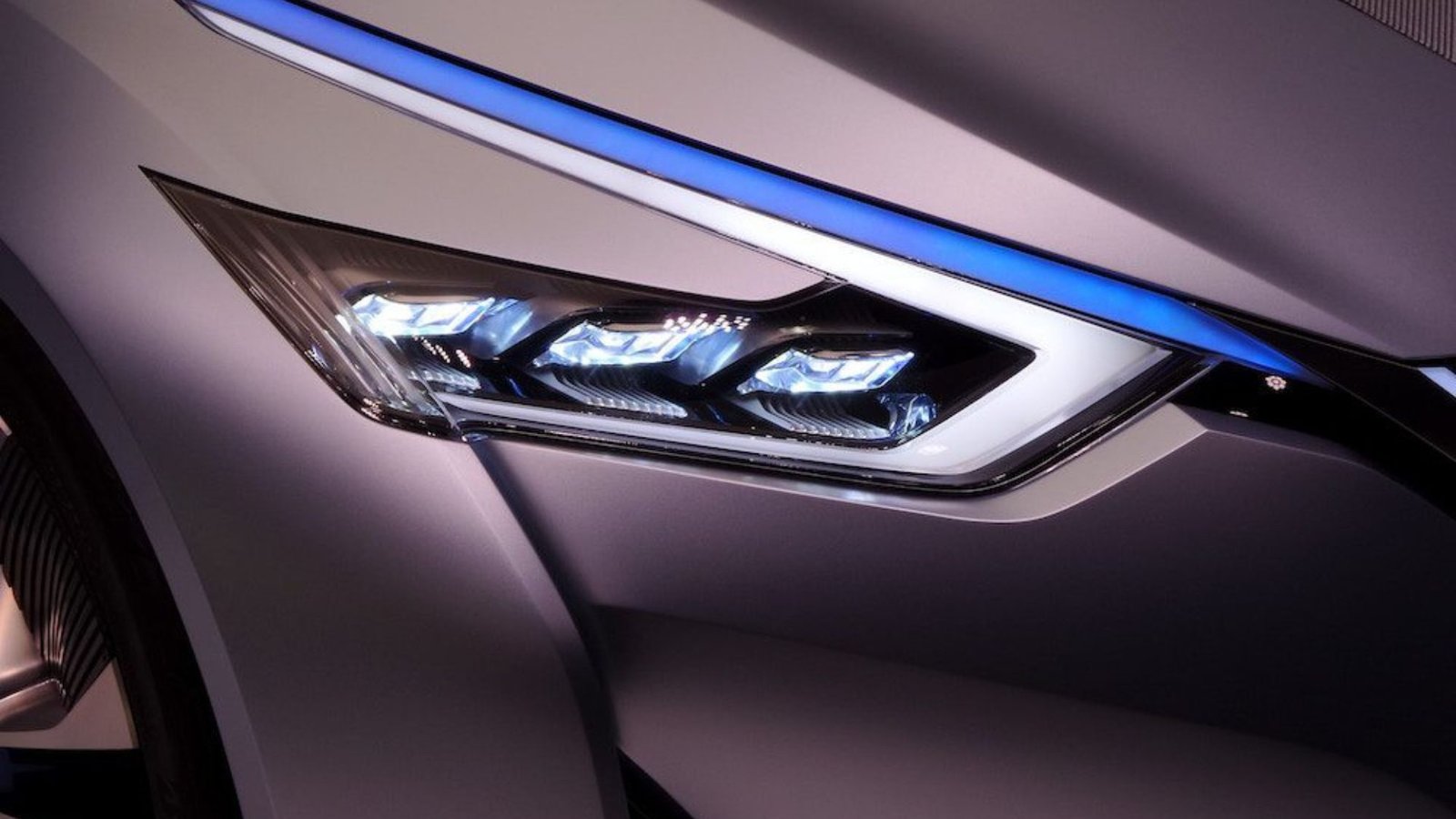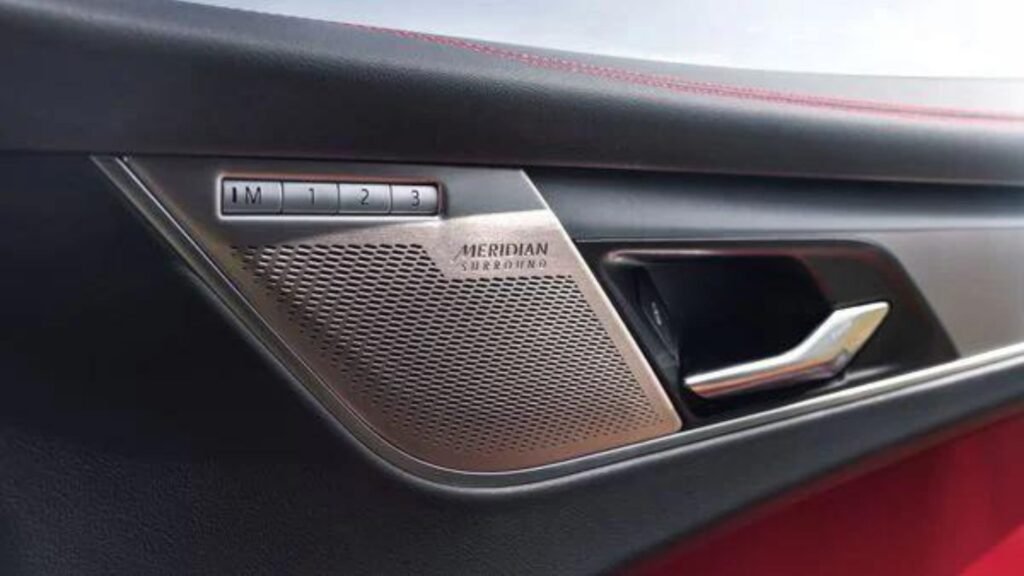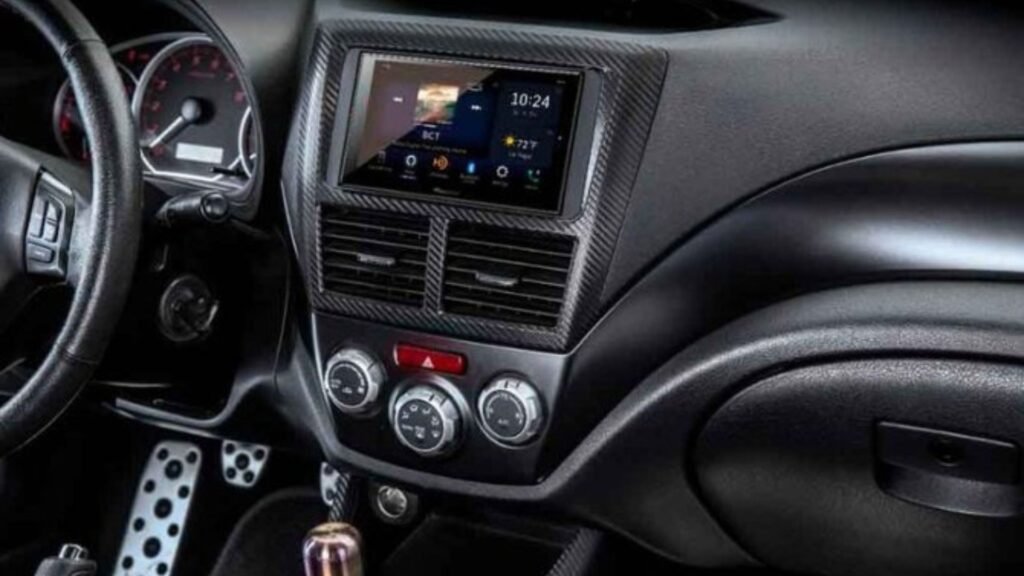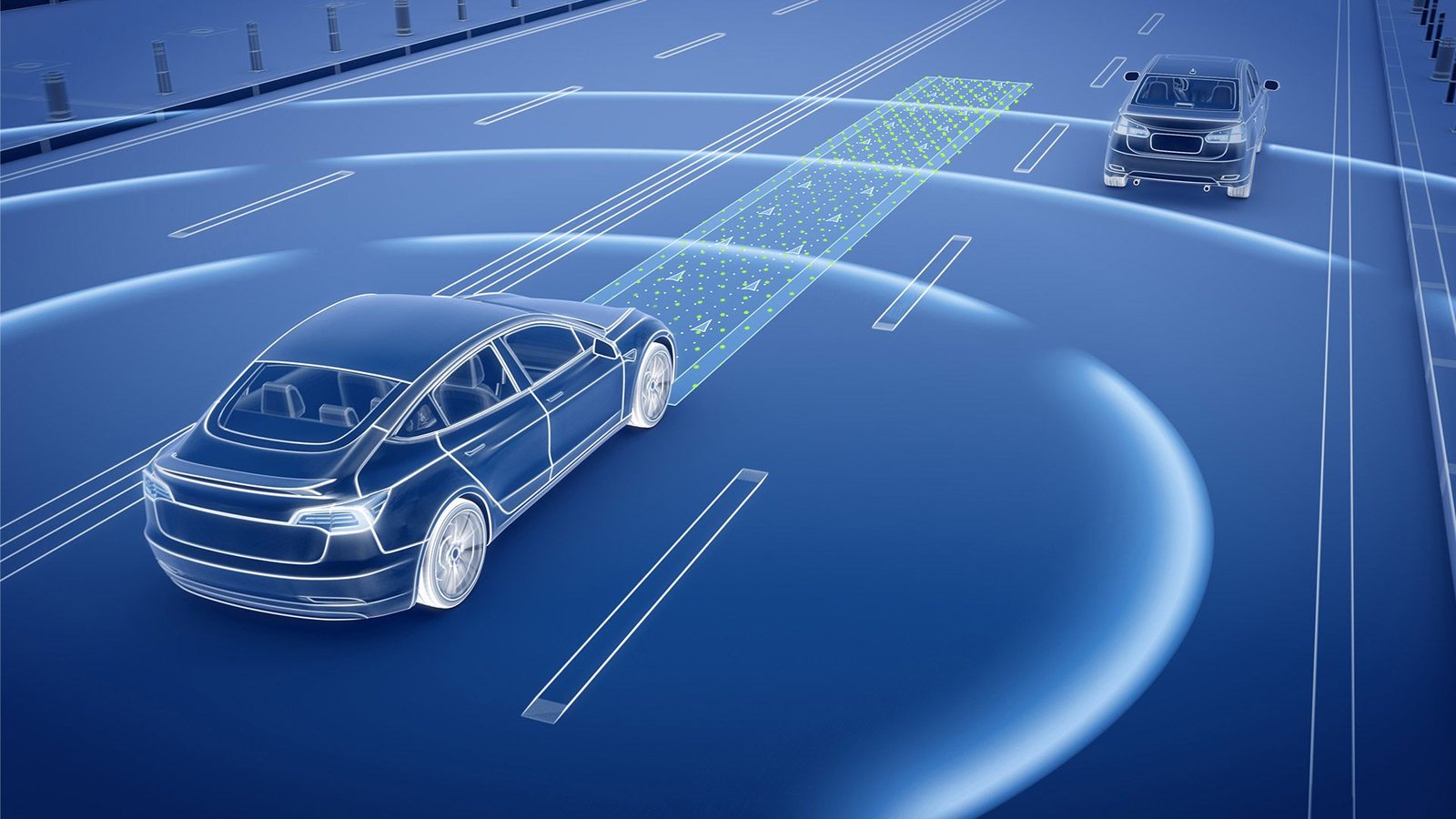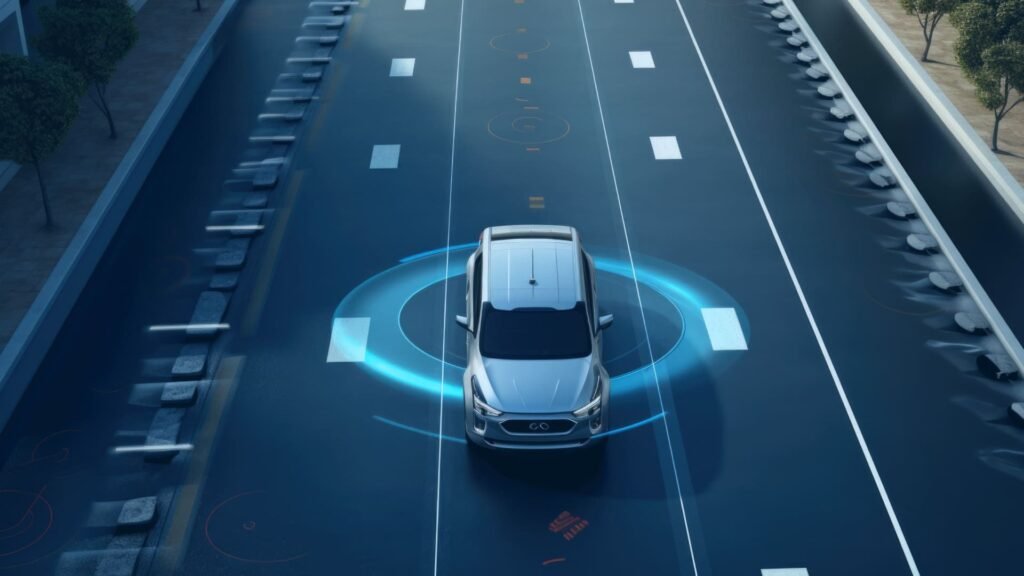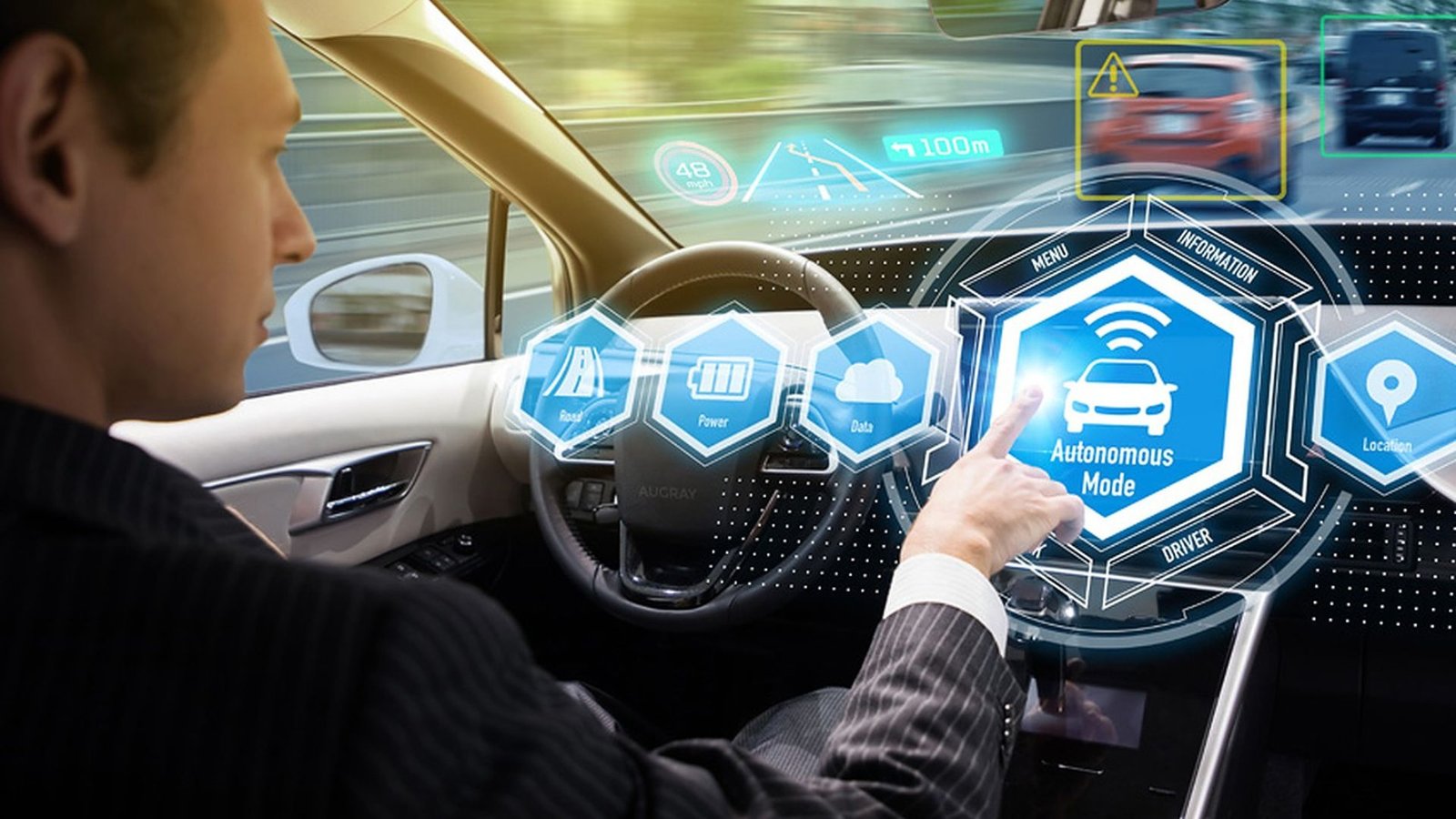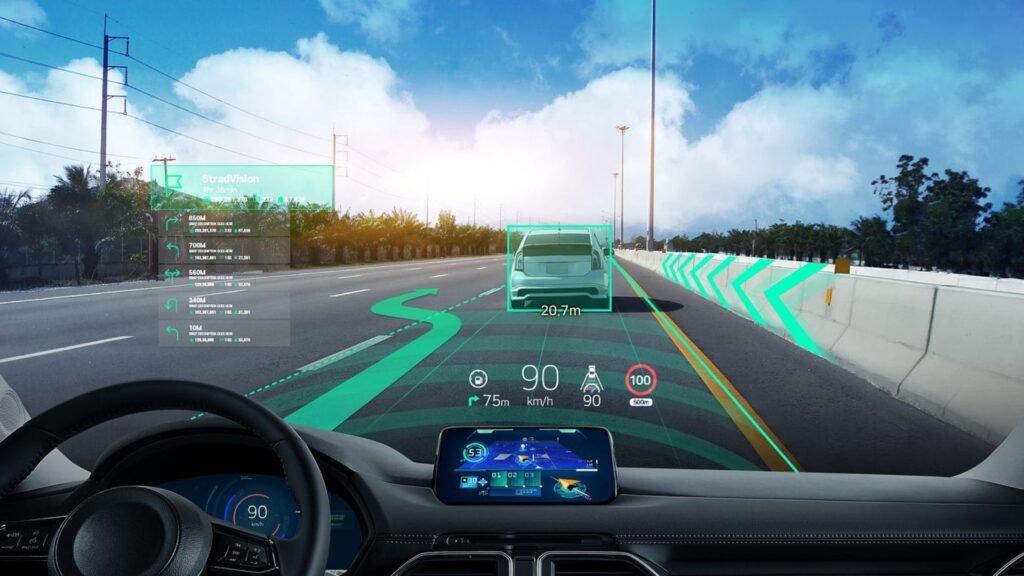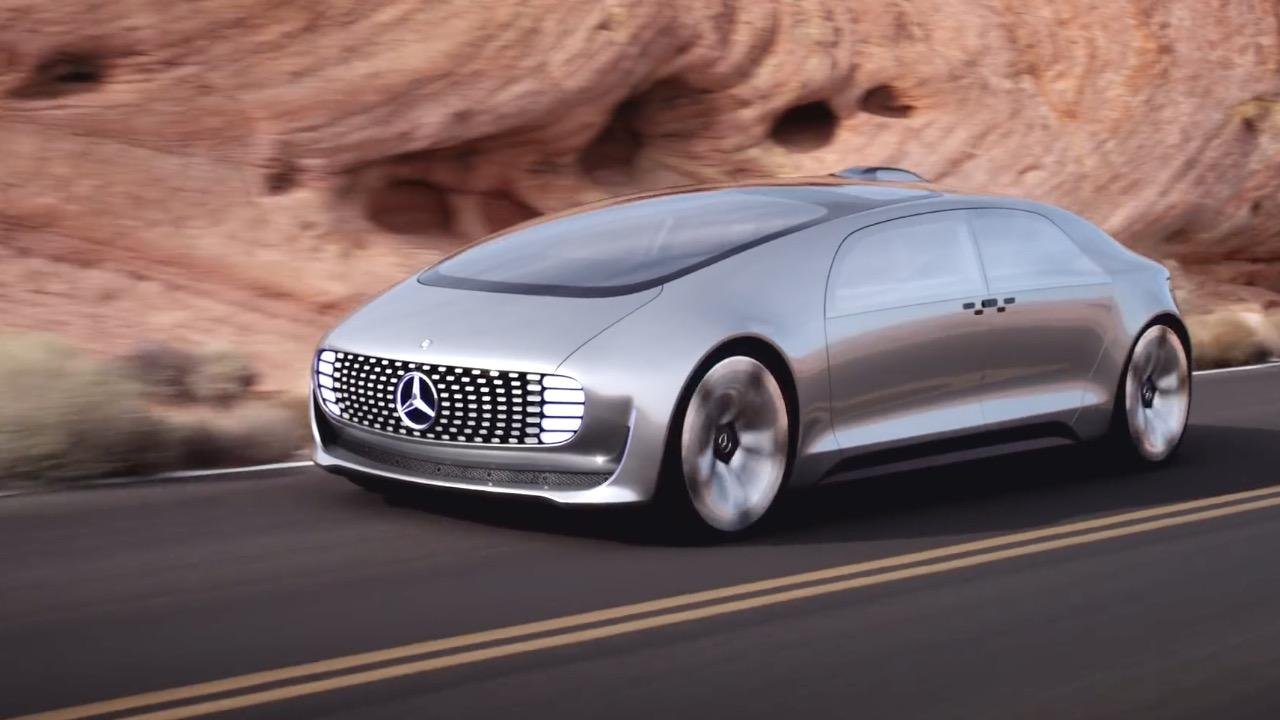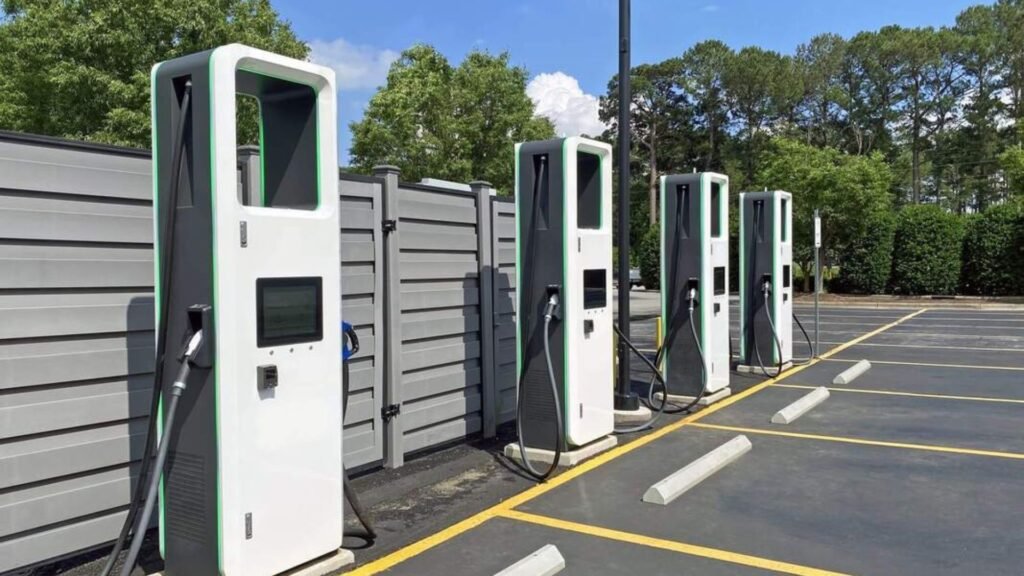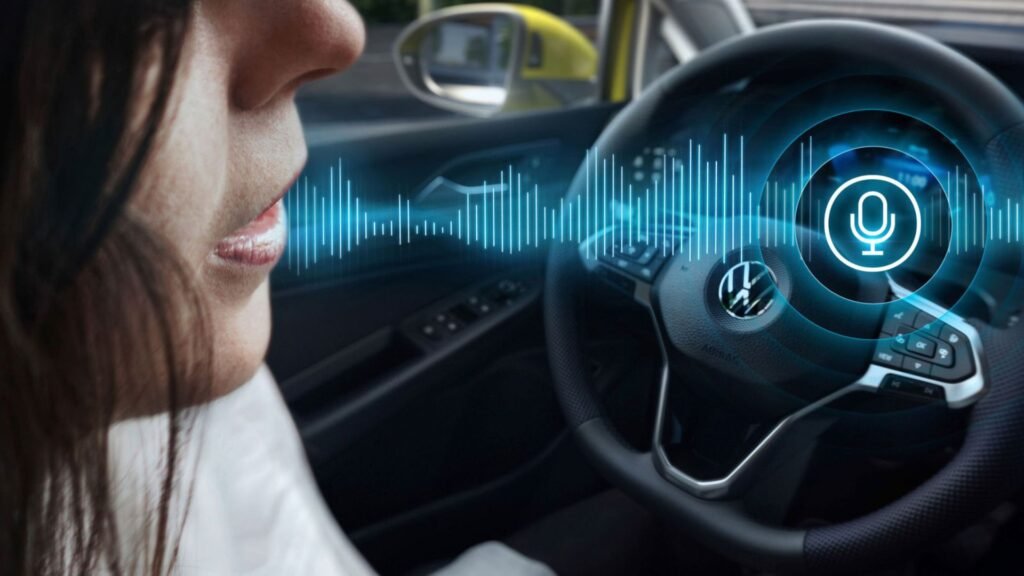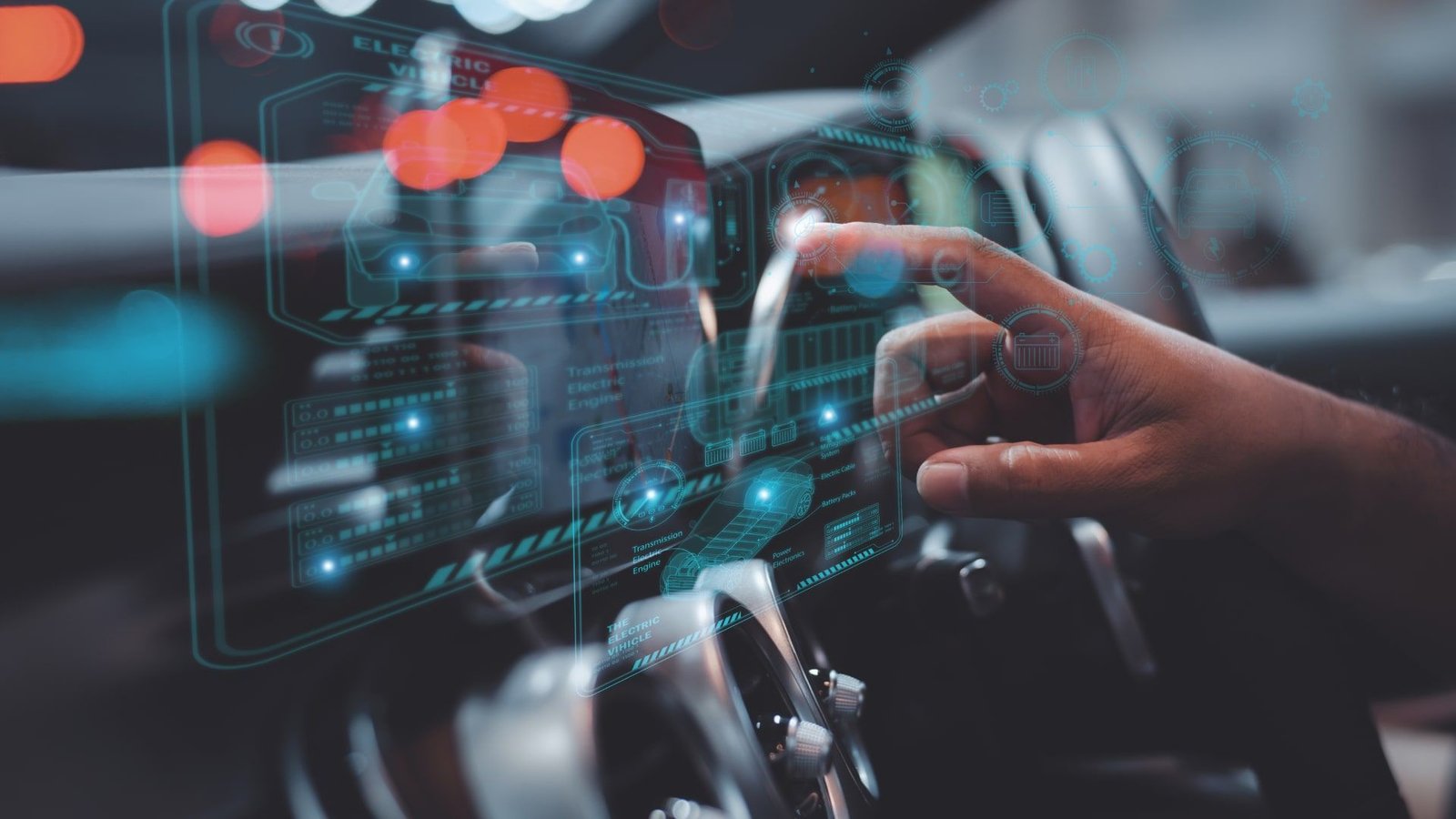Best In-Car Entertainment Systems
In today’s fast-paced world, staying entertained on the road is more important than ever. Whether you’re on a long road trip or just commuting to work, a good in-car entertainment system can make all the difference. With advances in technology, in-car entertainment systems have evolved dramatically, offering a range of features that cater to different needs and preferences. From high-quality audio systems to seamless smartphone integration, there’s something for everyone. In this article, we’ll explore the best in-car entertainment systems available today and how they can enhance your driving experience.
Understanding In-Car Entertainment Systems
Before diving into specific systems, it’s important to understand what an in-car entertainment system is and what it can offer. Essentially, these systems are designed to provide entertainment and information to drivers and passengers while on the move. They typically include audio and video playback, navigation, and smartphone connectivity features.
Top In-Car Entertainment Systems
When it comes to choosing the best in-car entertainment system, there are several top contenders that stand out due to their features, ease of use, and overall quality.
1. Apple CarPlay and Android Auto
One of the most popular choices for in-car entertainment systems today is Apple CarPlay and Android Auto. These systems allow you to integrate your smartphone with your car’s infotainment system seamlessly. You can access your favorite apps, make hands-free calls, send texts, and listen to your favorite music or podcasts. What makes Apple CarPlay and Android Auto so appealing is their user-friendly interfaces, which are similar to your smartphone’s, making them easy to navigate.

2. Tesla’s In-Car Entertainment System
Tesla is known for its cutting-edge technology, and its in-car entertainment system is no exception. Featuring a large touchscreen display, Tesla’s system offers everything from navigation and music streaming to video games and web browsing. The system is highly intuitive and regularly receives over-the-air updates, ensuring that it always has the latest features and improvements. This system is particularly appealing to tech-savvy drivers who want the latest and greatest in-car technology.
3. Audi MMI (Multi Media Interface)
Audi’s MMI system is another top choice for in-car entertainment. Known for its sleek design and easy-to-use interface, the MMI system offers a wide range of features, including navigation, smartphone integration, and a high-quality audio system. Audi’s MMI also includes handwriting recognition technology, allowing you to input addresses and commands by simply drawing letters on the touchpad. This feature makes it easy to stay focused on the road while using the system.
Key Features to Look For in In-Car Entertainment Systems
When choosing an in-car entertainment system, there are several key features to consider to ensure you’re getting the best experience possible.
High-Quality Audio
A good sound system is a must-have for any in-car entertainment system. Look for systems that offer high-quality audio with clear sound and powerful bass. Brands like Bose, Bang & Olufsen, and Harman Kardon are known for their premium audio systems and are often included in higher-end vehicles.
Touchscreen Display
A large, responsive touchscreen display is another important feature to look for. A good display makes it easy to navigate menus, select music, and adjust settings without taking your eyes off the road for too long. Some systems also offer gesture controls and voice commands for added convenience.
Smartphone Integration
Smartphone integration is a key feature for most modern in-car entertainment systems. Being able to connect your smartphone allows you to access your contacts, messages, music, and apps directly from the car’s infotainment system. Look for systems that support both Apple CarPlay and Android Auto for the best compatibility.
Installation and Compatibility
When choosing an in-car entertainment system, it’s important to consider installation and compatibility. Not all systems are compatible with every vehicle, so make sure to check the specifications before making a purchase. Some systems are easy to install and can be done at home, while others may require professional installation.
Why Upgrade Your In-Car Entertainment System?
Upgrading your in-car entertainment system can greatly enhance your driving experience. A good system can provide entertainment on long trips, help you stay connected while on the go, and even improve your vehicle’s resale value. Plus, with so many options available, there’s a system to fit every budget and need.
Conclusion
In-car entertainment systems have come a long way in recent years, offering a wide range of features and capabilities that make driving more enjoyable. Whether you’re looking for smartphone integration, a high-quality audio system, or a large touchscreen display, there’s an option out there for you. Remember to consider what features are most important to you and check for compatibility with your vehicle before making a purchase. With the right in-car entertainment system, you can turn every drive into an enjoyable experience.

